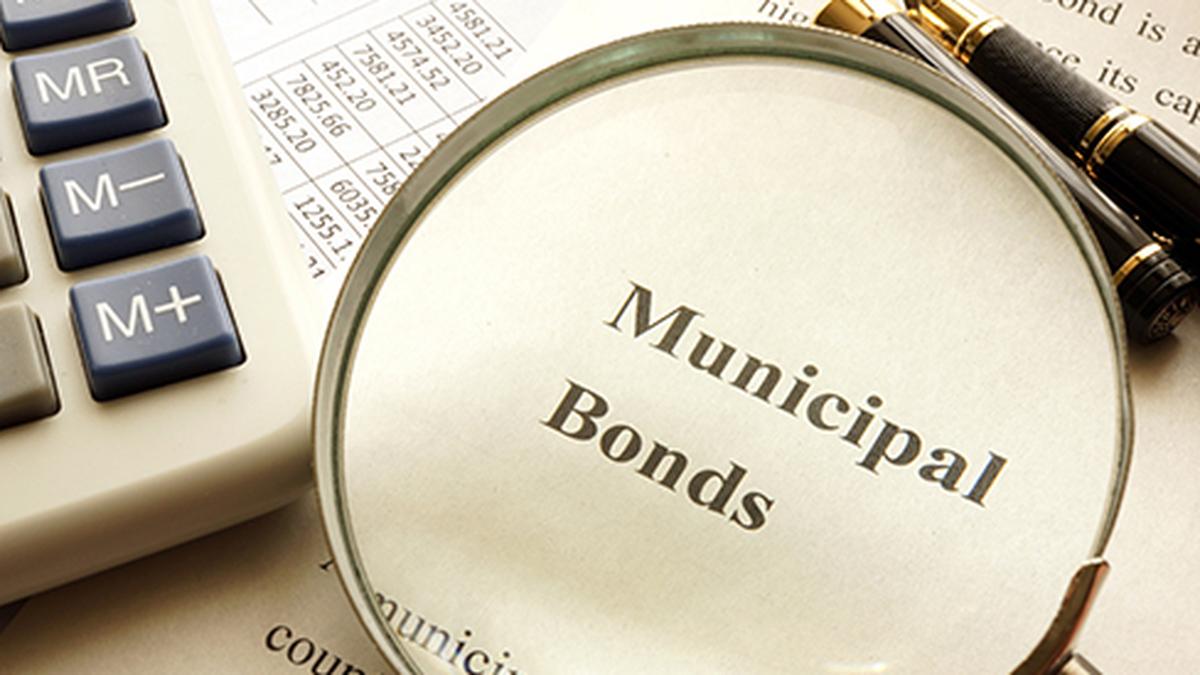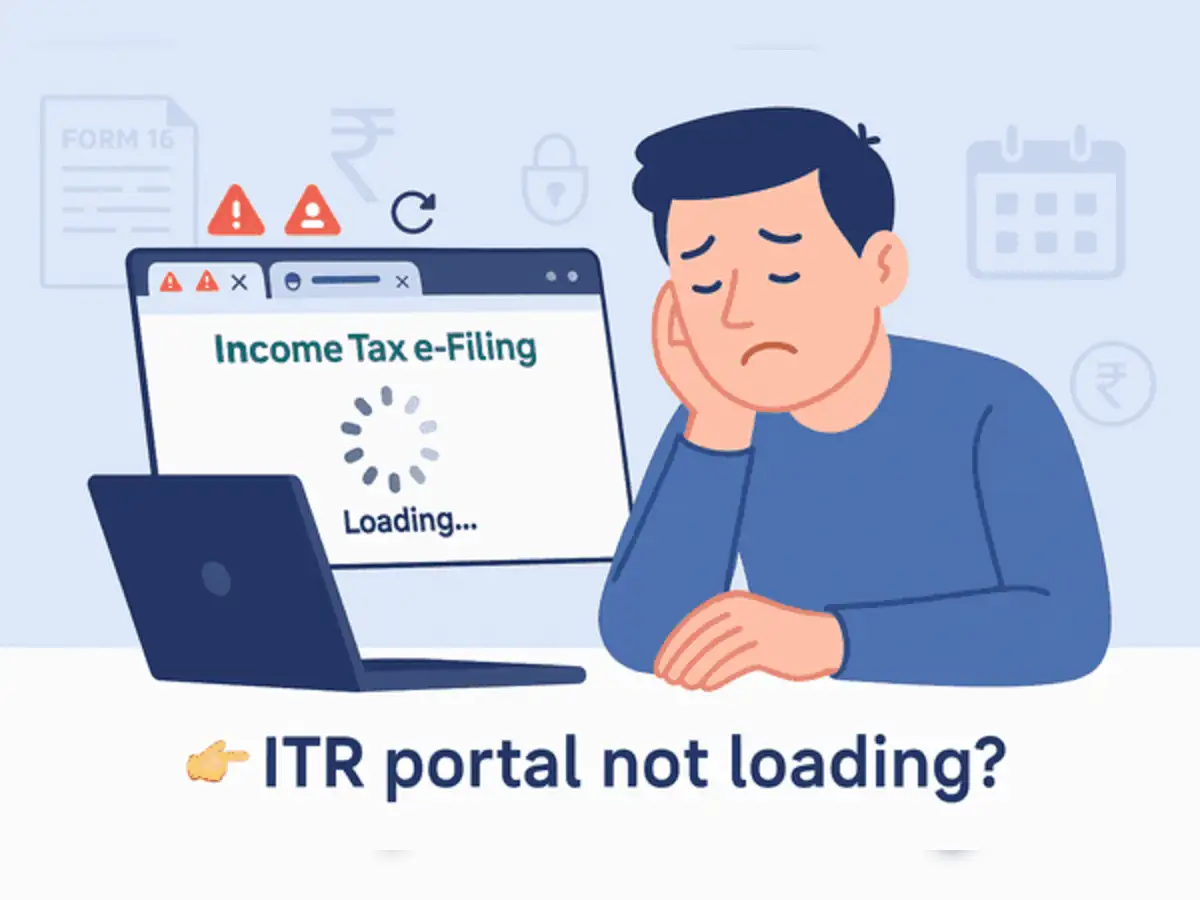By Ks Badri Narayanan
Copyright thehindubusinessline

Municipal bonds, famously known as ‘muni bonds’ are issued by urban local bodies (ULBs) and agencies when they want to raise funds for infrastructural development in that municipality. Bangalore, now known as Bengaluru, was the first to come out with muni bonds as early as 1997. After that, a couple of ULBs such as Nashik and Ahmedabad hit the bond market. Ever since, the muni bond market was largely in a state of lull.
Market regulator Securities and Exchange Board of India (SEBI) then came out with a regulation to prop up the moribund municipal bond market in July 2015.
It has been 10 years since SEBI circulated detailed guidelines for the ULBs to raise funds through municipal bonds, but there has been little success on that front despite so many reform-oriented programmes such as AMRUT and the Smart Cities Mission by the Central and State governments to tone up infrastructure for various municipalities and urging the corporations to go public.
The US Treasury Department’s Office of Technical Assistance (OTA) played a catalytic role by joining hands with the Ministry of Housing and Urban Affairs (MoHUA) for making fund-raising easy for corporations.
OTA has strengthened the ecosystem under AMRUT 2.0 where ULBs can receive Incentives of up to ₹13 crore per ₹100 crore, capped at ₹26 crore, for first-time issuances. For subsequent issues, the bond must qualify as a green bond (for sectors such as water, sanitation, renewable energy or urban resilience) and they would be eligible for incentives of ₹10 crore per ₹100 crore, capped at ₹20 crore.
MoHUA has also extended this incentive to pooled municipal bonds, allowing smaller ULBs to aggregate their borrowing through state-level pooled finance entities.
The NSE Indices, on its part, launched IBMX, or India Municipal Bond Index – first municipal bond index in February 2023 that tracks the performance of high-credit-quality municipal bonds, calculated using a total return methodology.
Green and ESG-linked bonds have come into vogue as muni bonds of Indore, Ghaziabad and Pimpri-Chinchwad received overwhelming responses from the market. However, Vadodara Municipal Corporation (VMC) stole the limelight, as its ₹100-crore bond issue in 2022 was oversubscribed 10 times, and with AMRUT incentives, the effective coupon rate down to 4.55 per cent, a big achievement.
VMC’s success
The success of VMC bond issue was mainly on account of its strong governance by adopting accrual-based accounting and timely audits, and ensuring that proceeds are used for defined infrastructure projects. In fact, to help guide others, VMC also recently published a detailed case study booklet titled The Green Book, which documents their entire green bond issuance journey — challenges, structuring process, stakeholder coordination, and lessons learned.
There are several key challenges, according to rating agency ICRA that continue to affect the municipal bond market. “These include ULBs’ high dependence on government grants, lack of adequate and timely financial disclosures, illiquidity, the absence of a secondary market for bonds, high compliance requirements, and relatively weak credit quality of ULBs in accessing capital markets,” ICRA said in the thematic report.
This VMC model serves as a valuable input for other municipalities that are exploring muni bond issuances.
“State governments, barring a few, are yet to crystallise asset monetisation plans to provide a further boost to infrastructure creation. This gap needs to be addressed,” said SEBI chief Tuhin Kanta Pandey.
Cash-starved municipalities across India should look at the muni bonds route more seriously to enhance the quality of infrastructure in cities and towns that are laid bare by the monsoon every year.
Published on September 19, 2025



